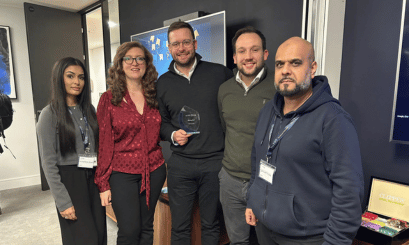"Kalem was very helpful right from the get go. He always checks in and updated me promptly throughout the process. Top tier recruiter 10/10."
Leading Technology Recruitment in Manchester
At Harvey Nash Manchester, we don’t just recruit—we're leaders in technology expertise. From our office at Booth Street, Manchester, we partner with some of the region’s most innovative companies to solve complex talent challenges and build high-performing tech teams.
Our consultants are true specialists in digital and technology recruitment, with deep market insight and a passion for emerging trends; from software engineering and data analytics to cloud, cybersecurity, and AI. We understand the tech landscape with over 10 years of expertise.
Beyond recruitment, we’re embedded in Manchester’s thriving tech community from supporting local events, mentoring future talent, and driving conversations that shape the future of the industry. Harvey Nash Manchester your trusted partner where technology expertise meets talent strategy.
Harvey Nash Manchester Office
3rd Floor
31 Booth Street
Manchester
M2 4AF
Manchester contact number: +44 (0) 161 240 0230
Get in touch
If you're looking to secure your next role or make your next best hire, we'd love to help. Get in touch to speak with one of our consultants today.







